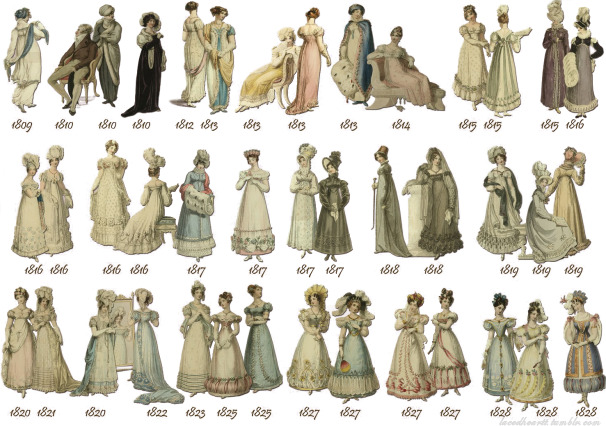|
-
17th December 19, 02:03 PM
#1
I “think” there was a difference but I just can’t remember where I read the information/source.
From memory it had more to do with class and lifestyle.... the lowlanders were more aligned with English customs and lifestyle.
I think art - paintings from the era would be helpful for inspiration, along with regency blogs
Women wore tartan/plaid patterned fabric (which doesn’t help you- sorry)
Here’s a start
http://plaidpetticoats.blogspot.com/...tartan-in.html
-
The Following User Says 'Aye' to Lady Grey For This Useful Post:
-
17th December 19, 02:46 PM
#2
Have you spoken with the folks at The Dutch Milleners?
https://www.facebook.com/TheDutchMilliners/
They will steer you in the correct way. Also look at Peter MacDonald's research page.
https://www.scottishtartans.co.uk/research.htm
-
The Following User Says 'Aye' to Luke MacGillie For This Useful Post:
-
17th December 19, 04:50 PM
#3
Historically the Regency period (1811- 1820) was at the end of the Georgian era (1795- 1837).
This is a period in history which gave us some of the longest lasting changes into our modern world.
The Industrial Revolution was in full swing with all the innovation, invention, and development it brought. Steam engines which powered the factories and the locomotives which moved people and goods.
The Scots gave us some of the greatest, and most famous, Engineers. That is why "Scotty" of Star Trek was the ship's Engineer.
The Scottish Enlightenment began in the Regency period and continued well into the early 20th century. It brought us the 4 most respected universities of the time. All 4 (St Andrews, Aberdeen, Glasgow, Edinburgh) in Scotland.
The public lending Library was a Scottish innovation. The Scots were, at the time, the most literate people in the world.
Huge advances were made in Scotland in almost every field - Philosophy, Economics, Literature, Engineering, Architecture, Medicine, Geology, Archaeology, Botany and Zoology, Law, Agriculture, Chemistry and Sociology and Politics.
Lowland Scots would have known about and would have dressed much the same as the English and the rest of the Western world of that period.
Early in the period upper class men would have worn knee length breeches with hose, high heel buckle shoes, (long tailored trousers not being popular among the upper classes until Beau Brummel) long Frock coats with Vests and some ridiculously high, and at times incredibly fancy neck cloths.
For women the Empire waist was popular along with long skirts paired with short Spencer jackets, often with puffy sleeves.

The Highland Revival had its beginnings during the Regency period so the wearing of Tartan was beginning, but perhaps with a different emphasis than we put on it today. It was perhaps seen more as a colorful and different fashion statement than a symbol of National identity during the period as the weavers became industrialized and the market became global.
The Recency era was the same time as the Romance period which was a backlash to the industrialization that was taking place. This was the time of Percy, the Shelly's, Burns and Scott so we need to look at this period, not through the romantic notions that persist and plague us today, but as a period of amazing change and advancement.
The Scots of the period were not the backwater country folk, clinging to the past, as they are so often portrayed. They were forward thinking leaders in a new and exciting time.
Last edited by Steve Ashton; 24th December 19 at 05:27 AM.
-
The Following 7 Users say 'Aye' to Steve Ashton For This Useful Post:
-
20th December 19, 12:50 PM
#4
I fear that this might seem rather scornful and offputting to what was a perfectly reasonable question from someone seeking information, having made the assumption that the modern 'national dress' was derived directly from a historical one.
Having made what study I have been able of manners and society, as well as dress, and the miserable as well as amazing lives people led both within or despite of the constraints placed upon them it is no wonder that there are surprises when starting out to assume the persona of someone who was living over 200 years ago.
I presume to dictate to no man what he shall eat or drink or wherewithal he shall be clothed."
-- The Hon. Stuart Ruaidri Erskine, The Kilt & How to Wear It, 1901.
-
Tags for this Thread
 Posting Permissions
Posting Permissions
- You may not post new threads
- You may not post replies
- You may not post attachments
- You may not edit your posts
-
Forum Rules
|
|





















Bookmarks